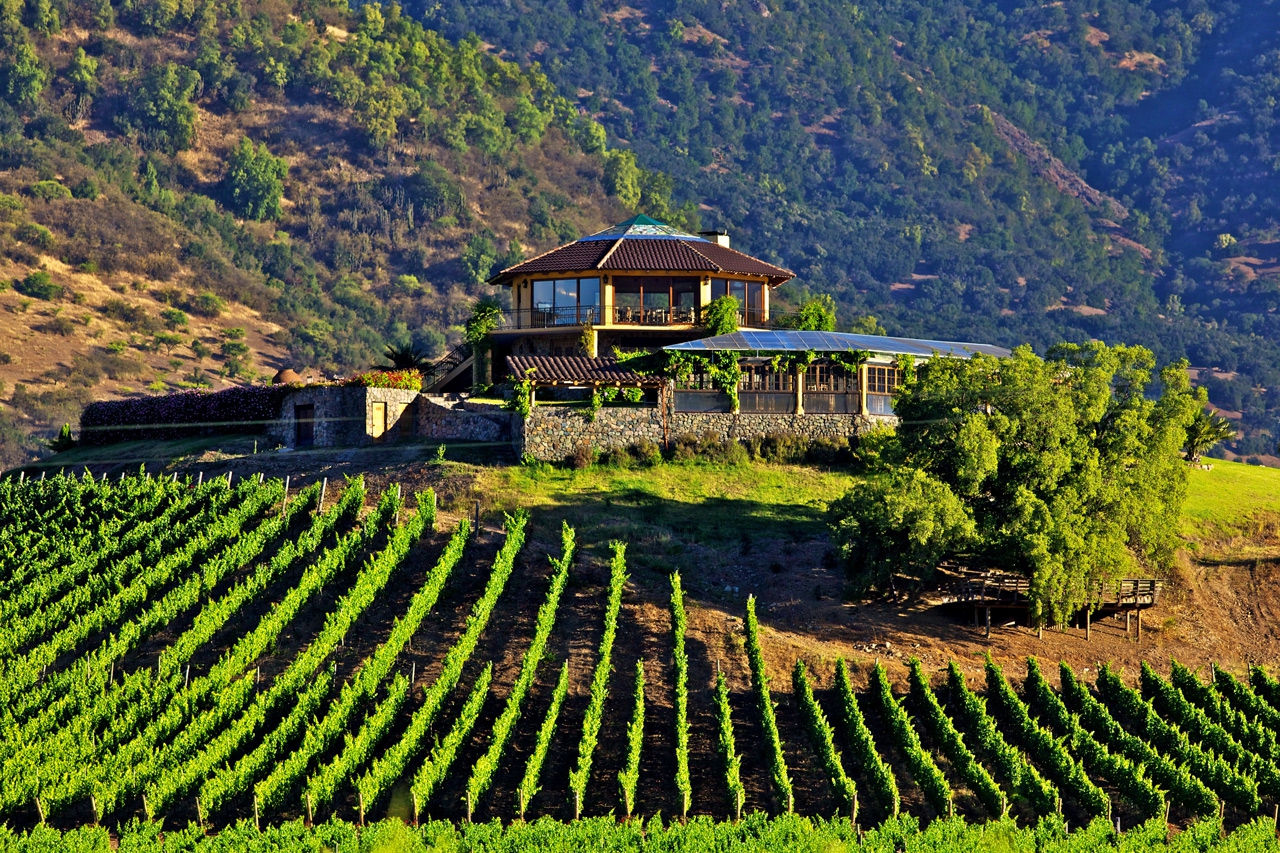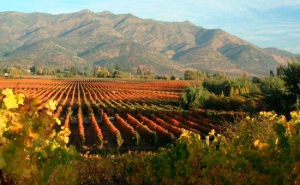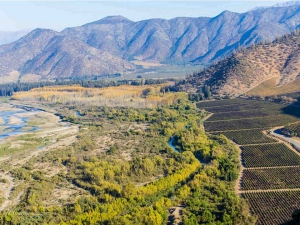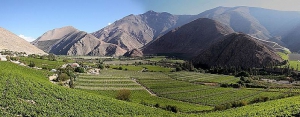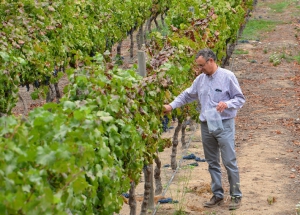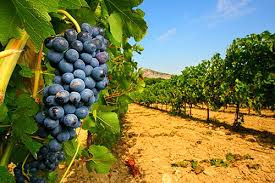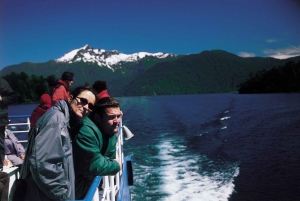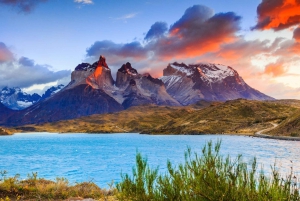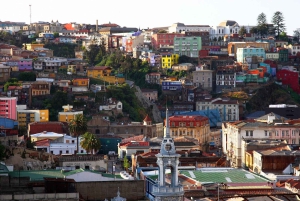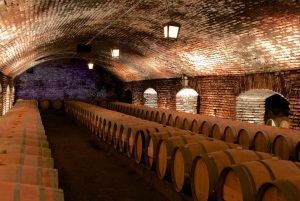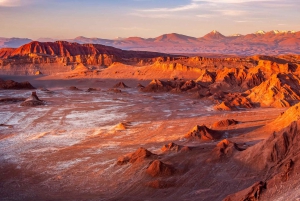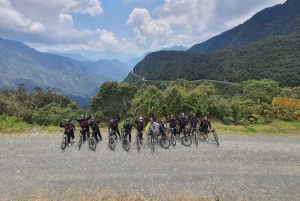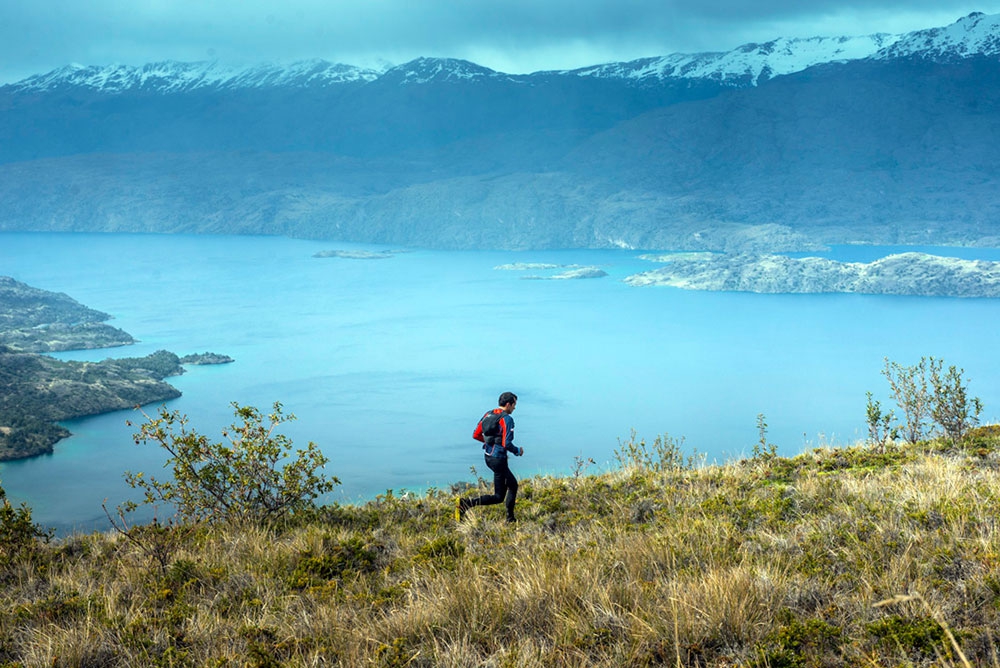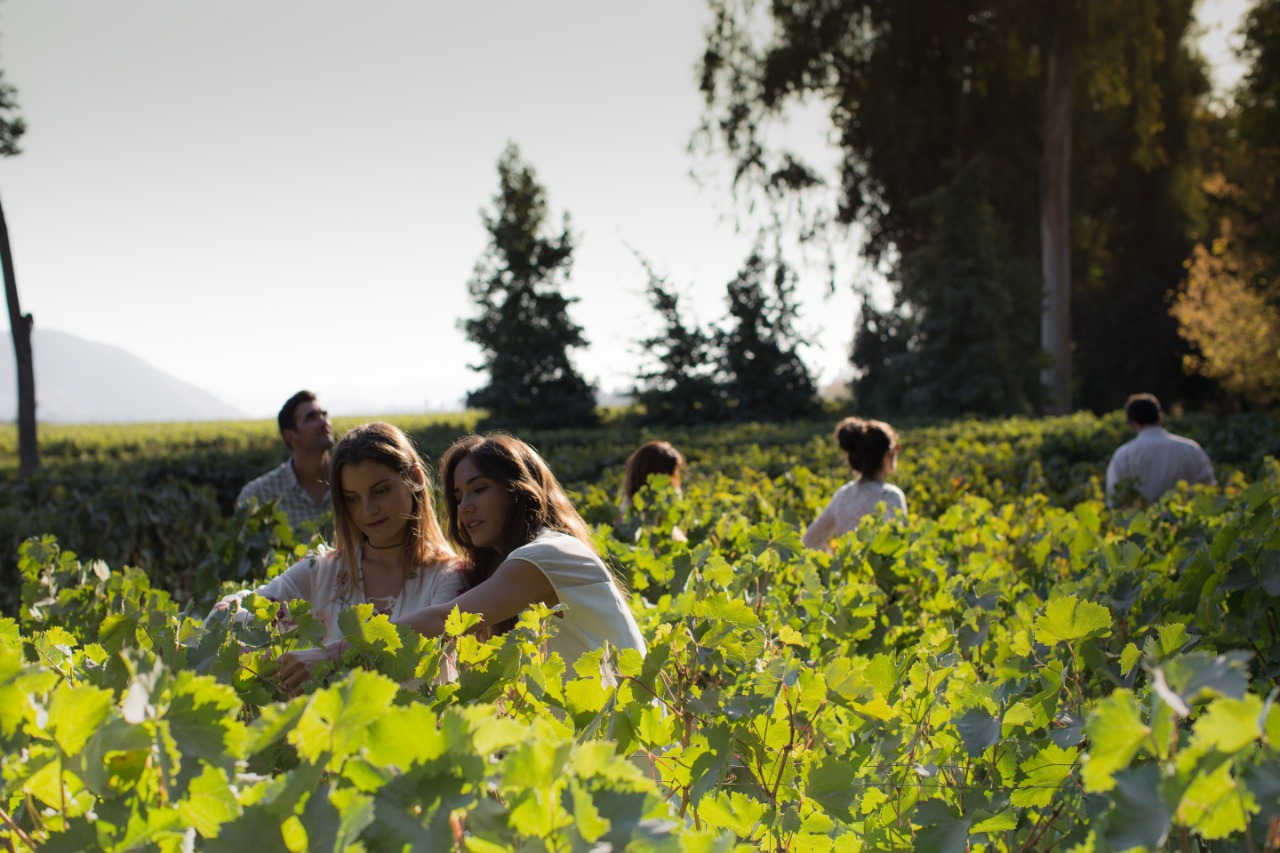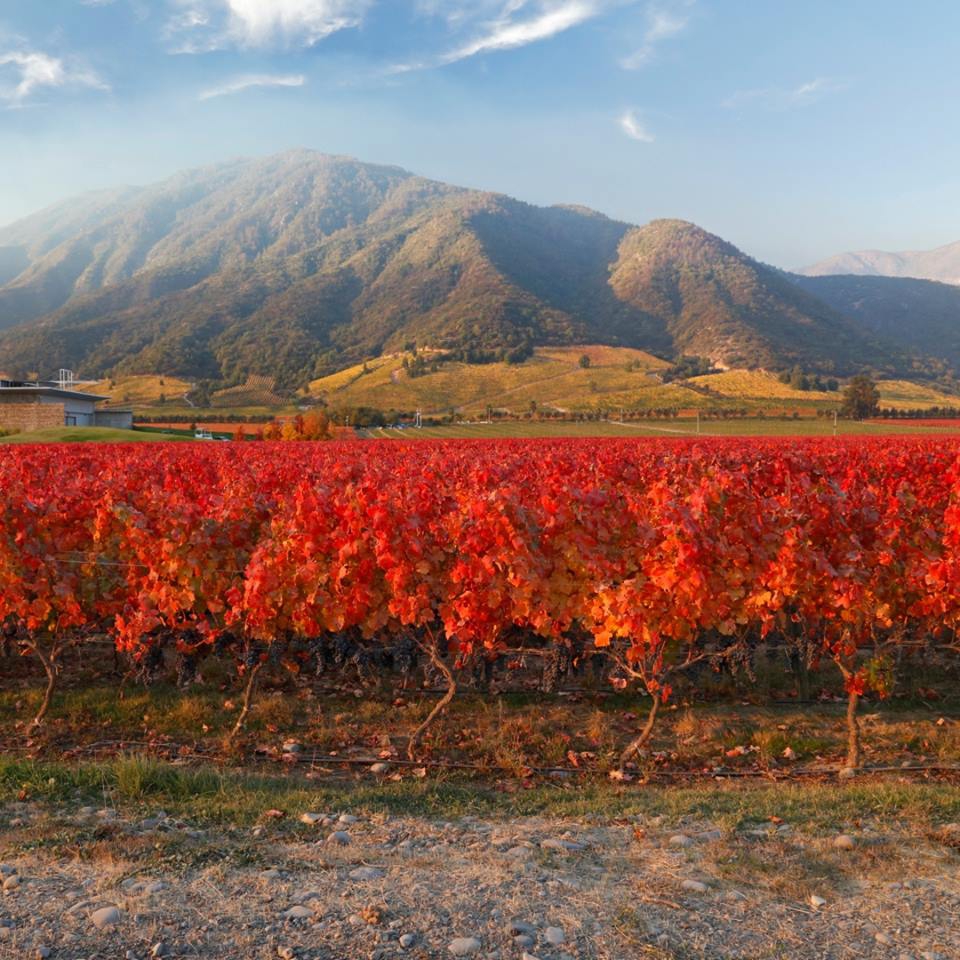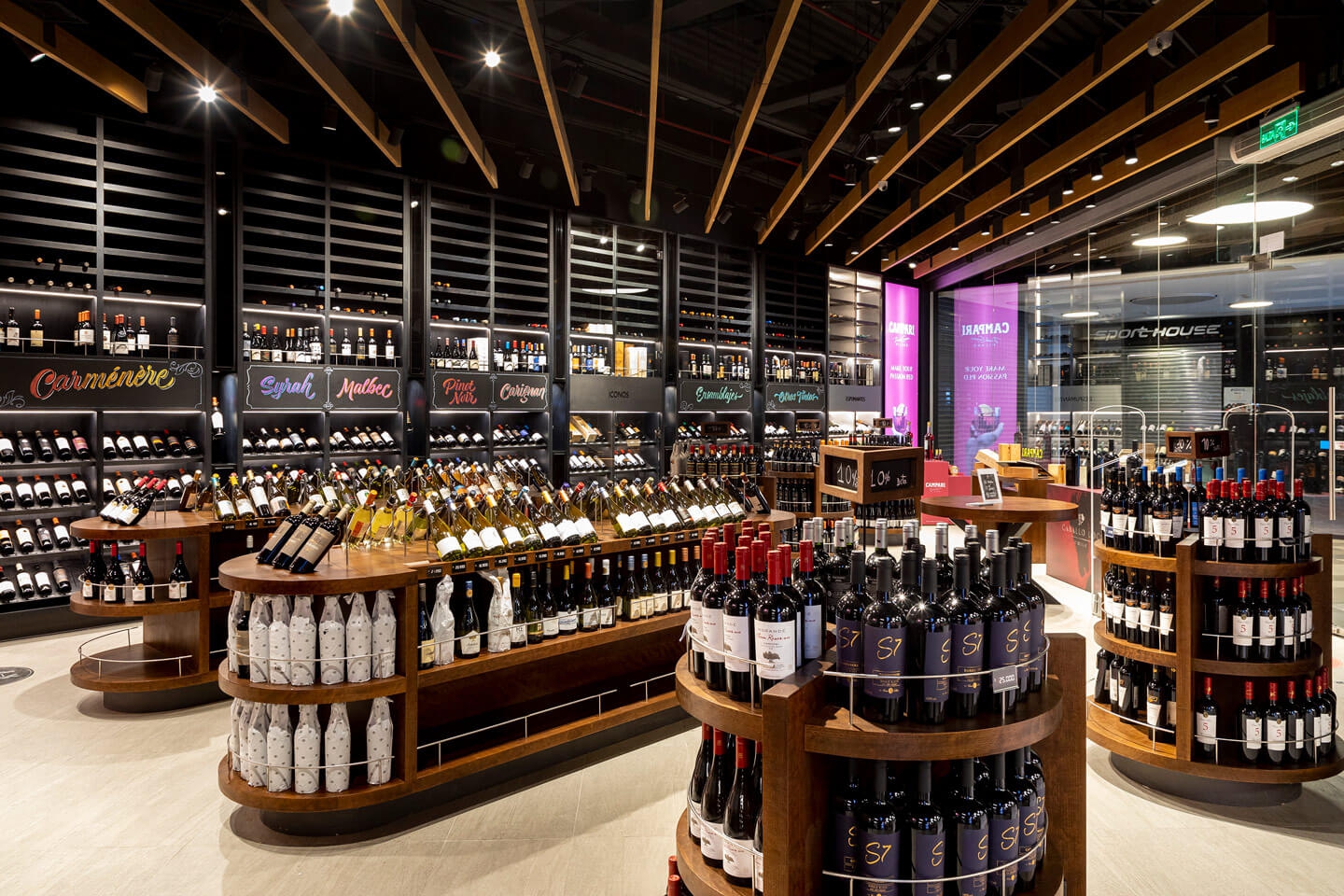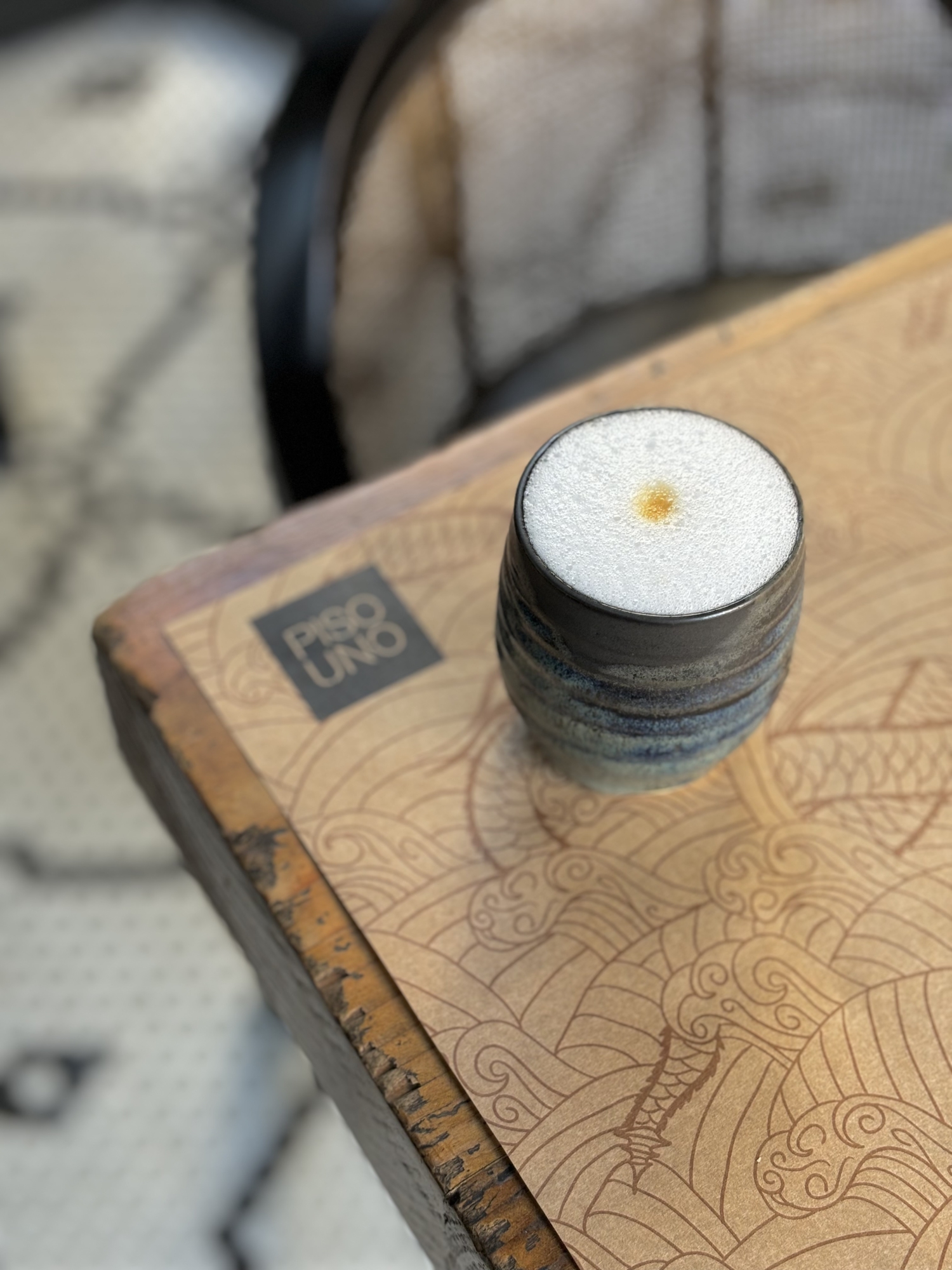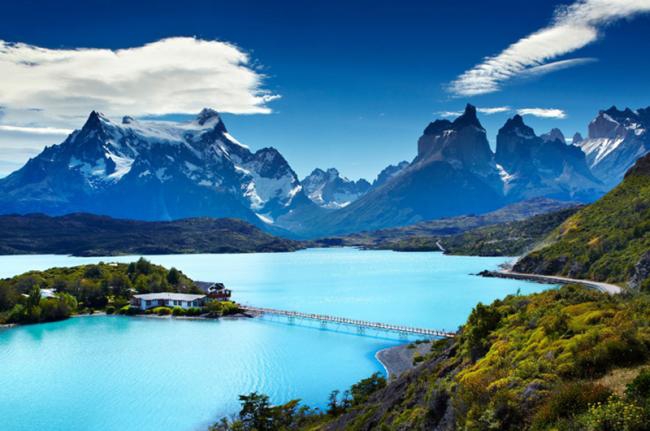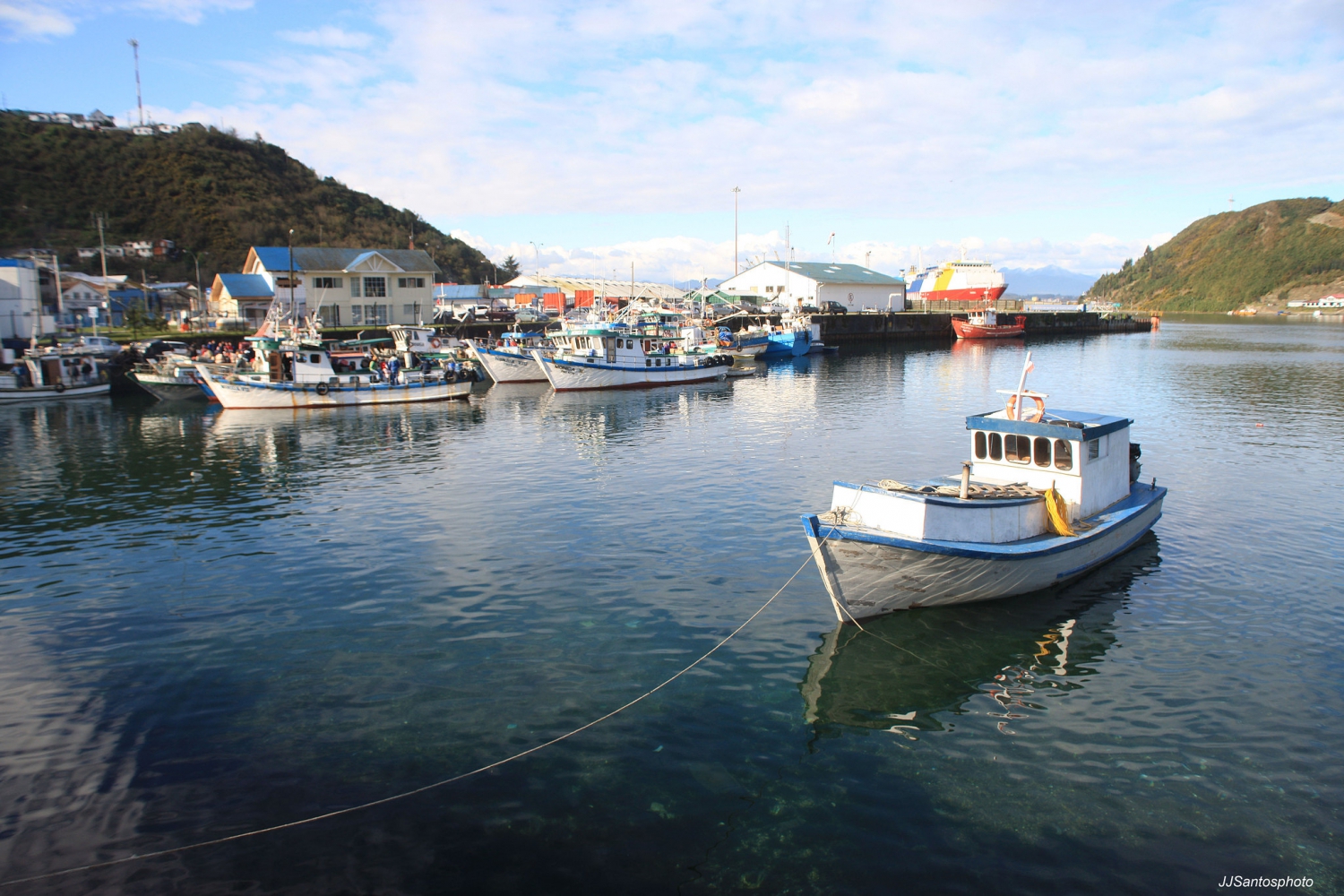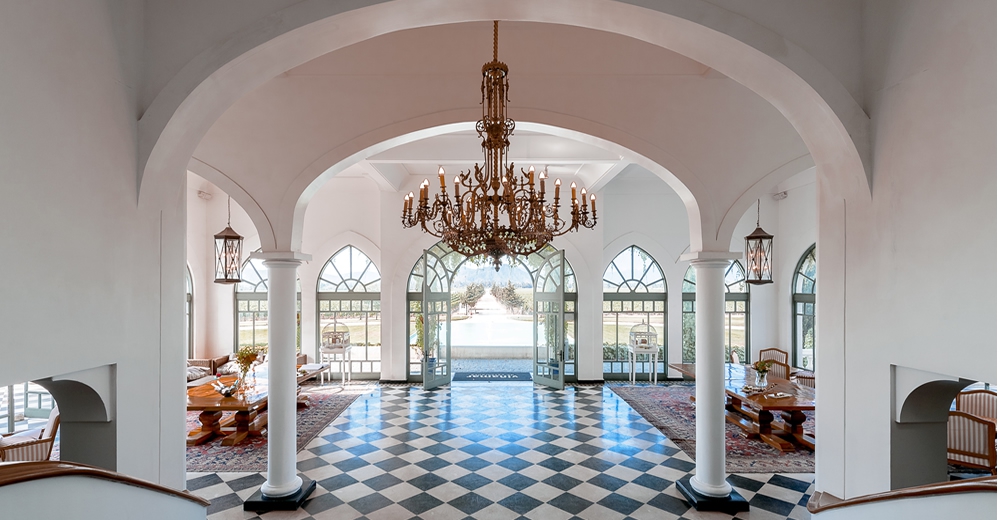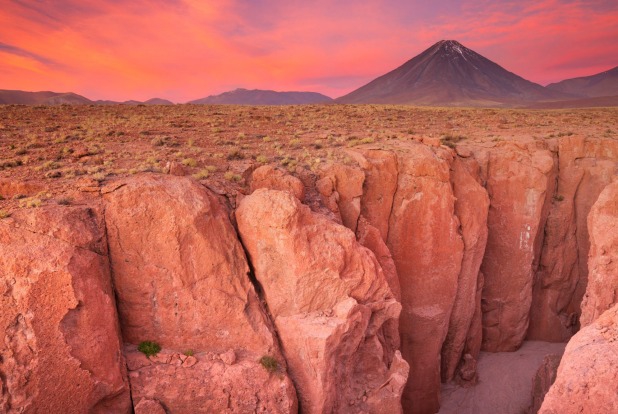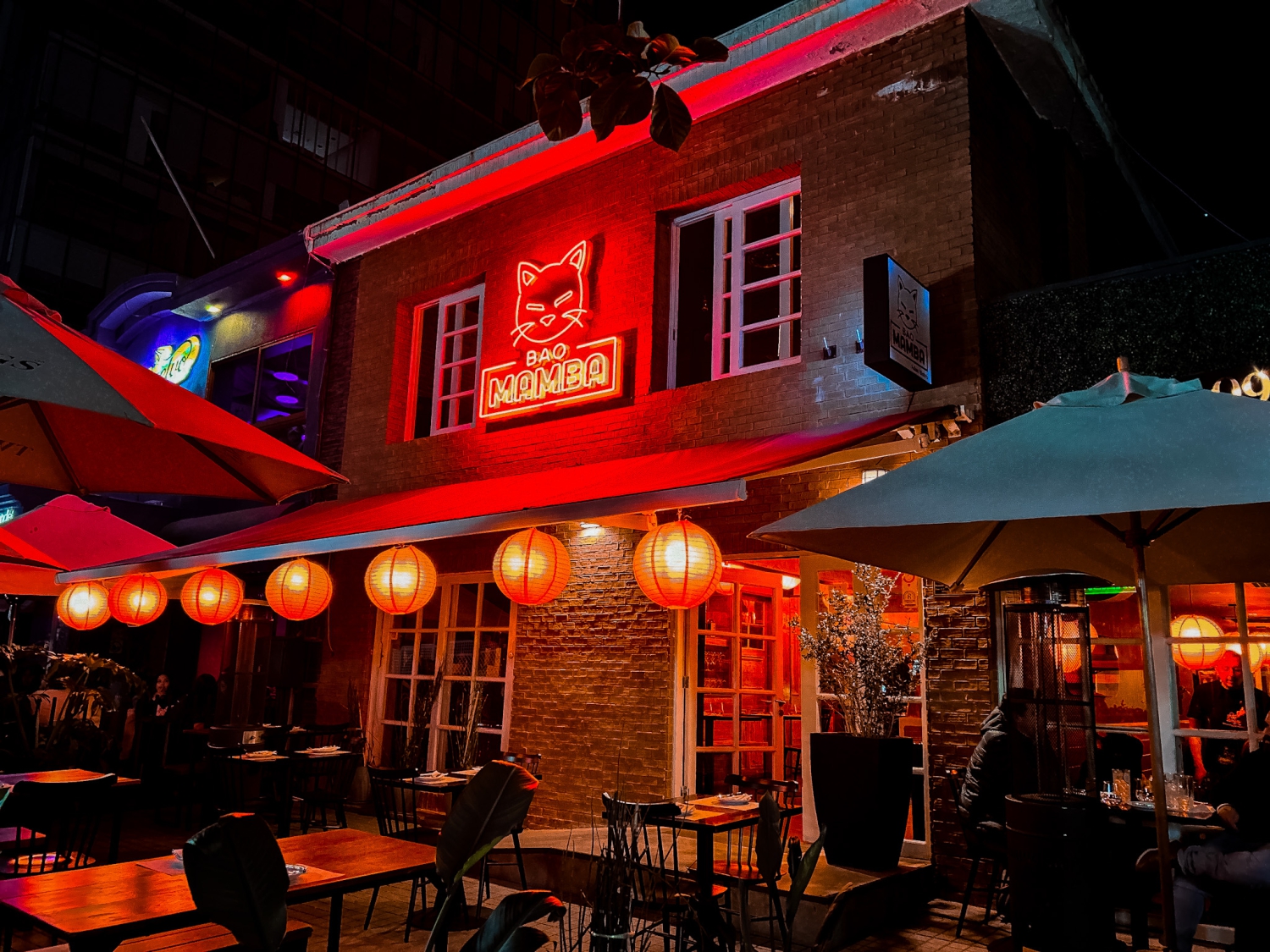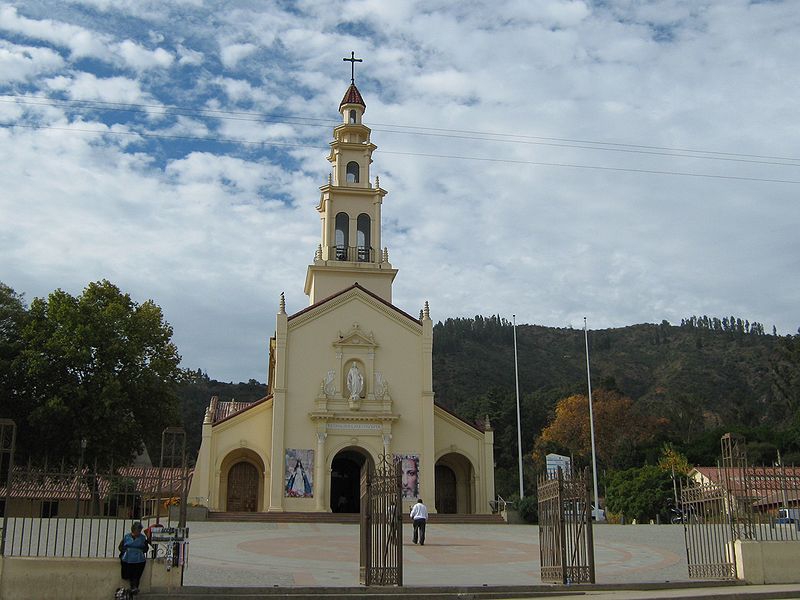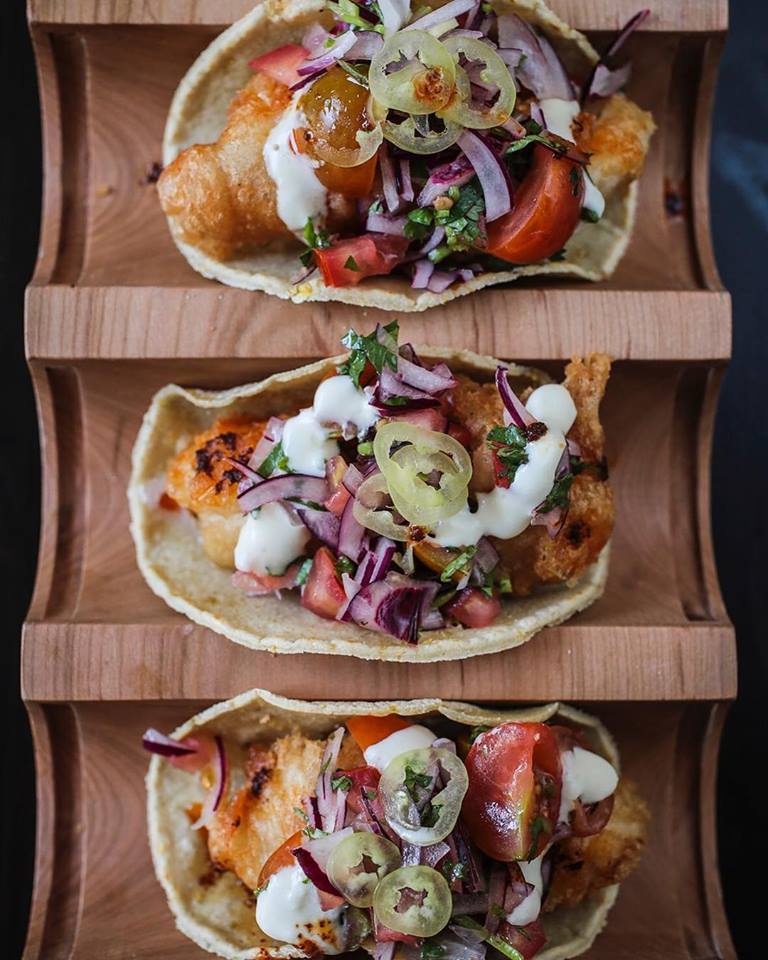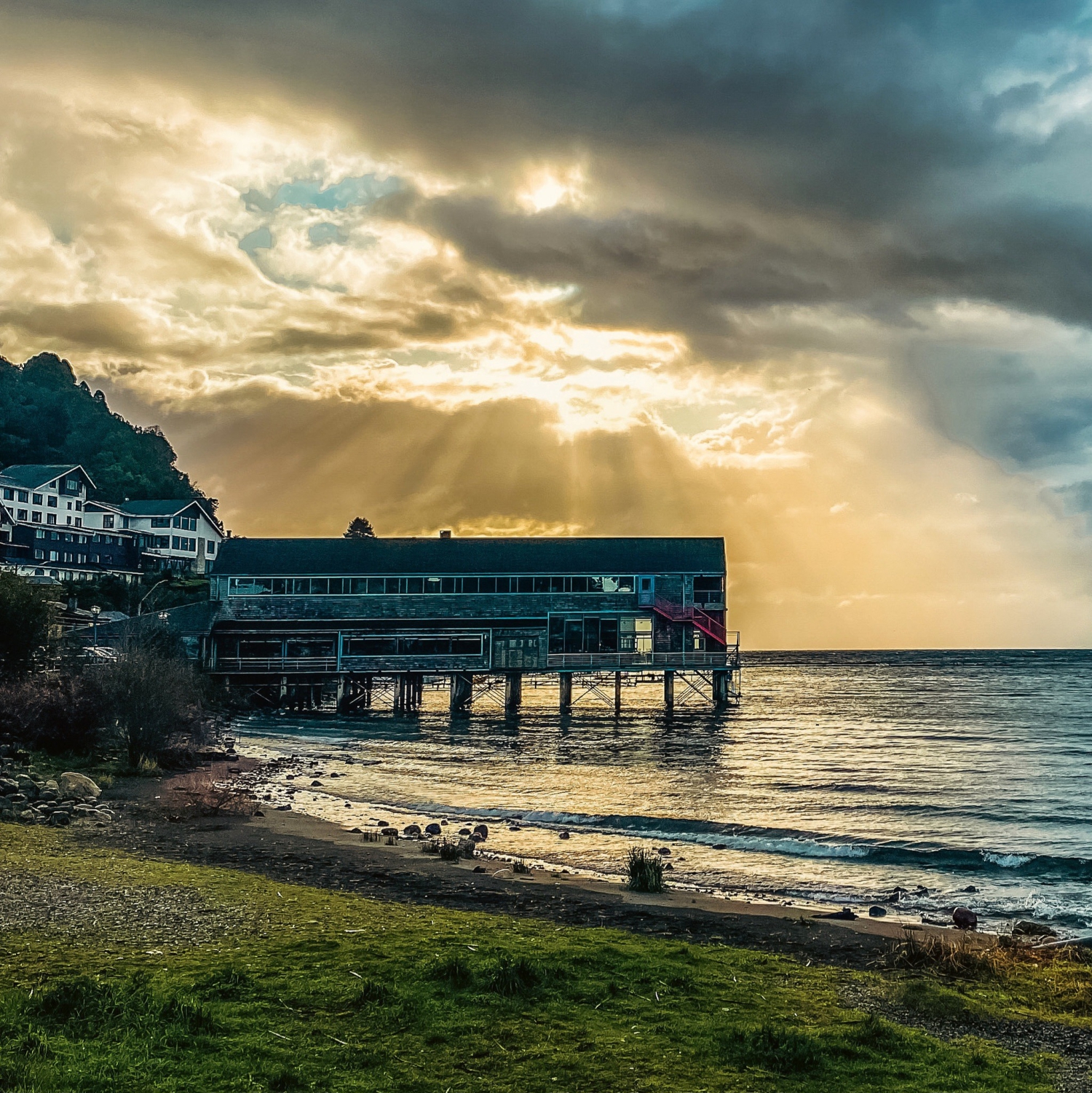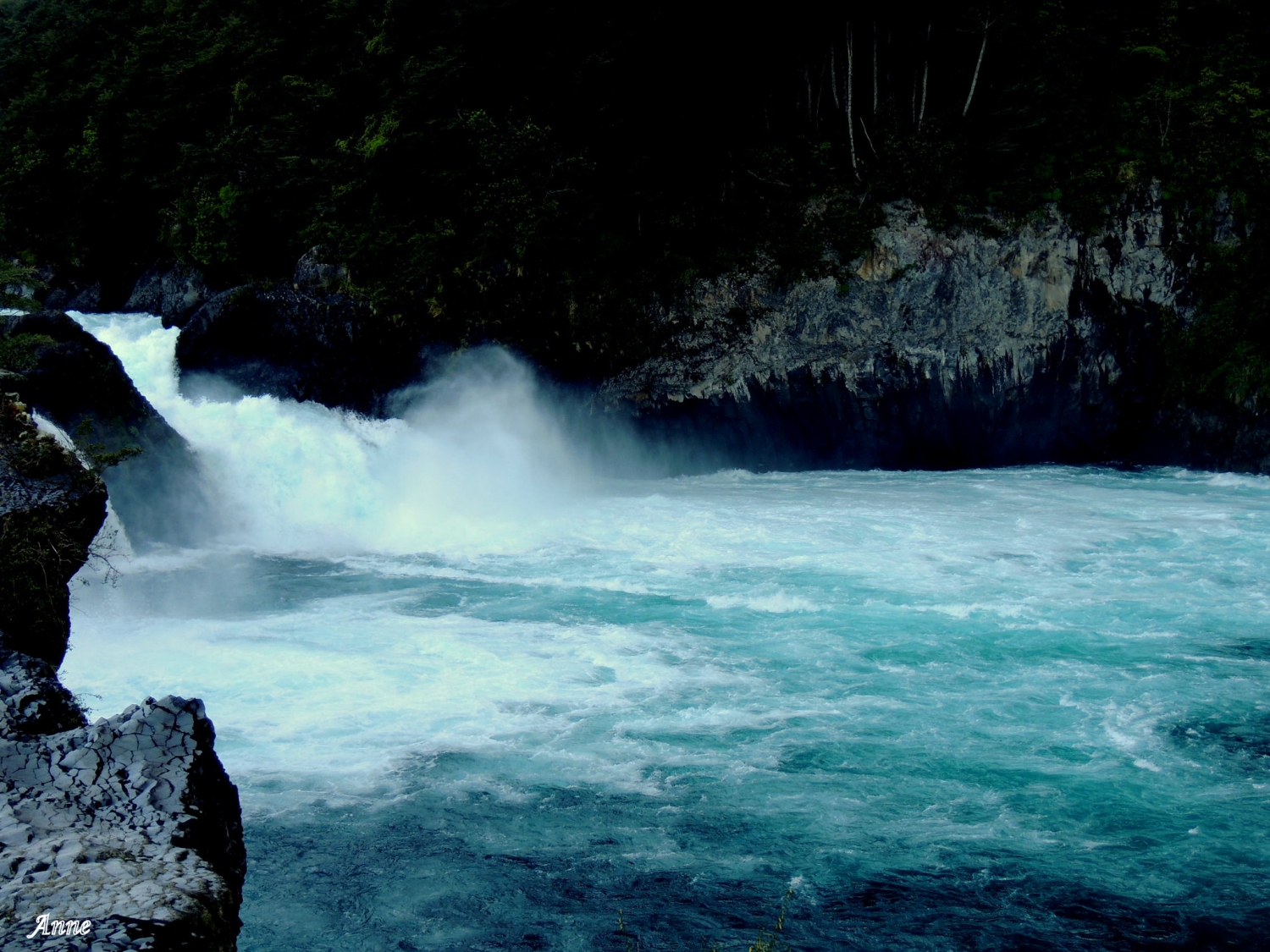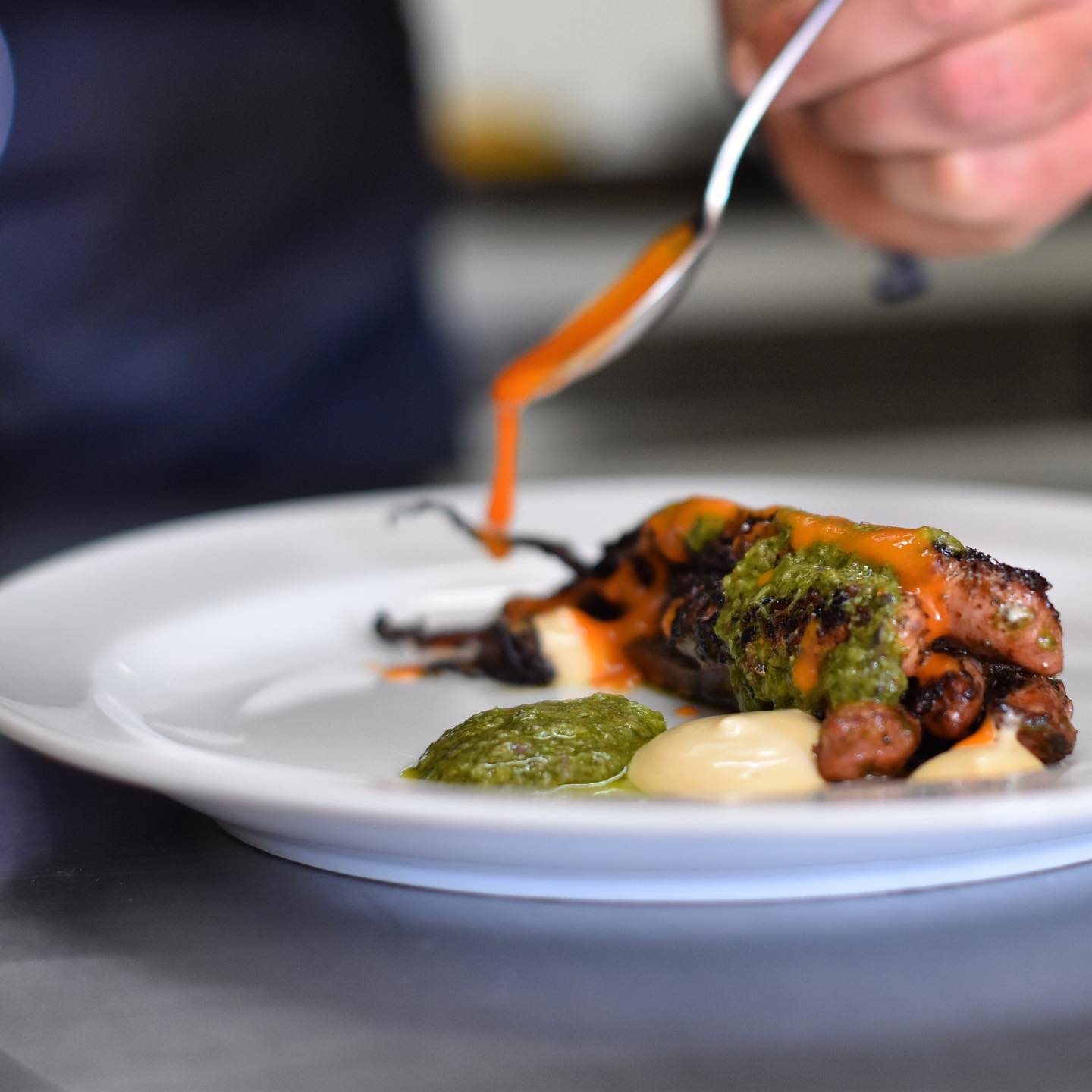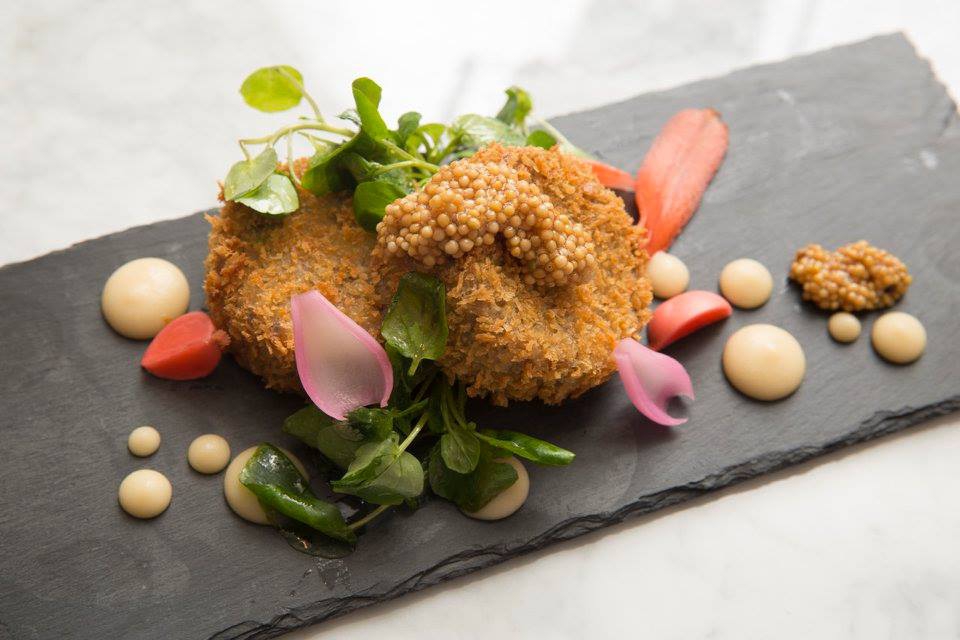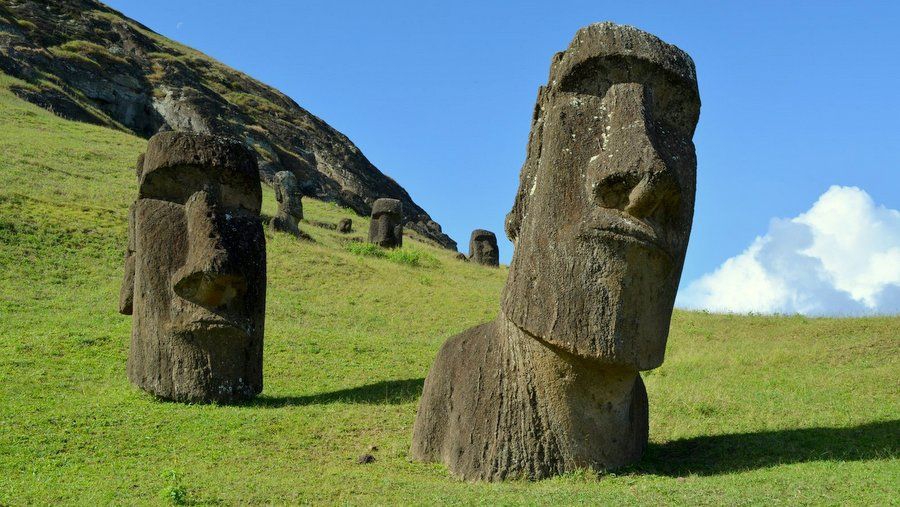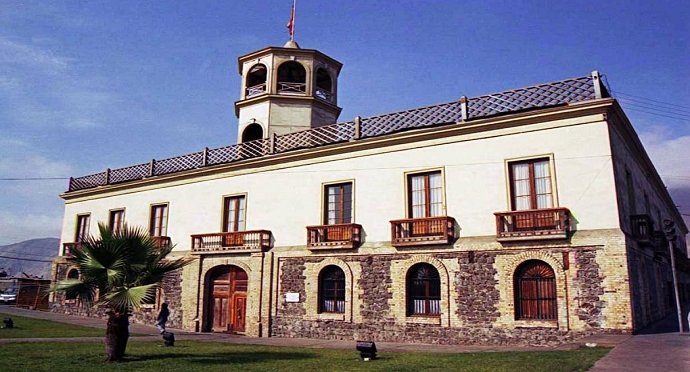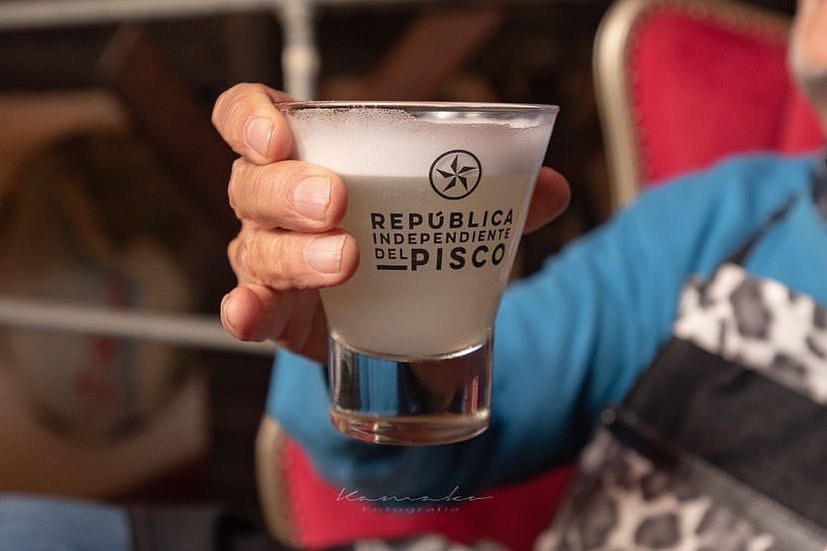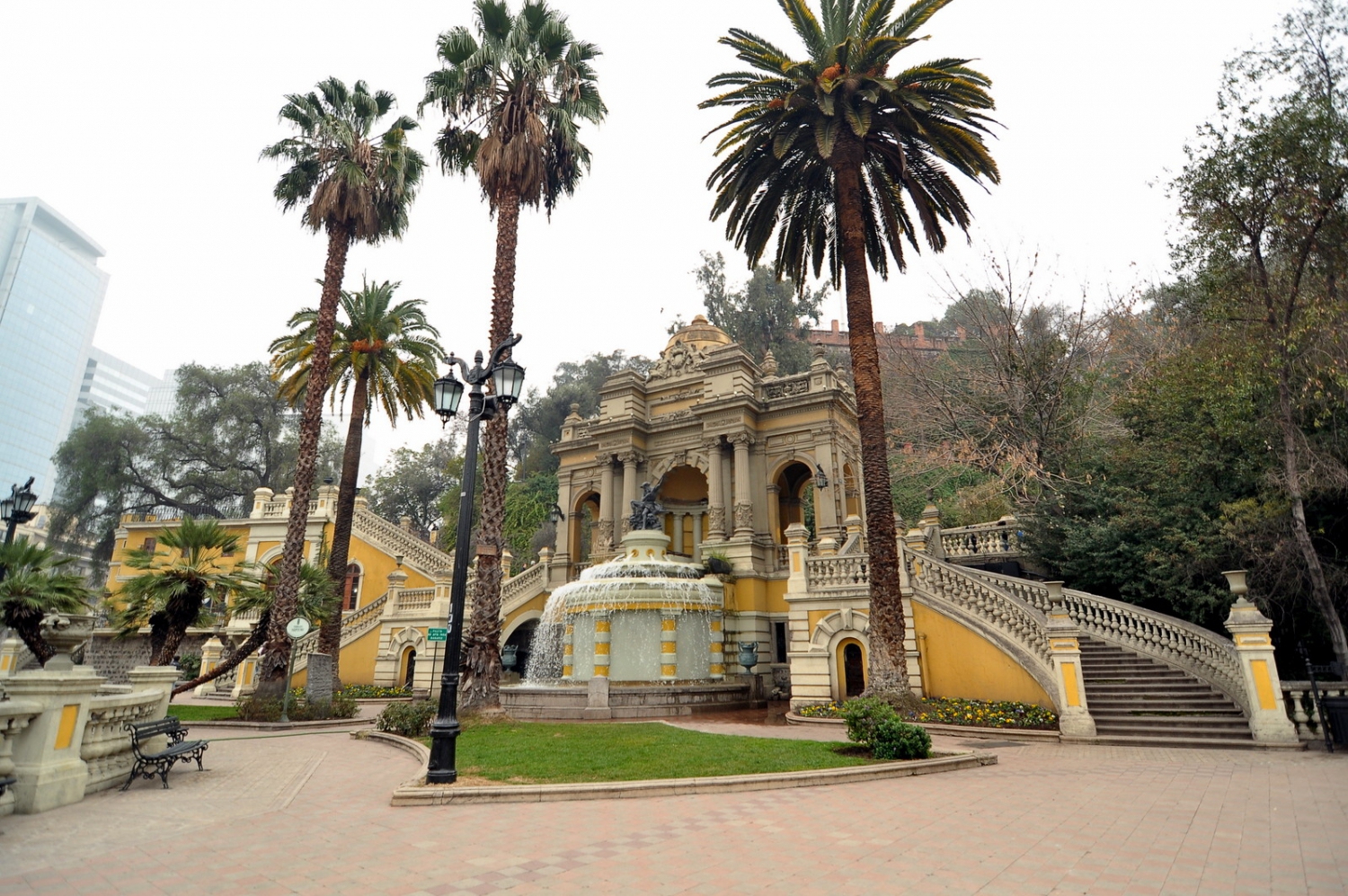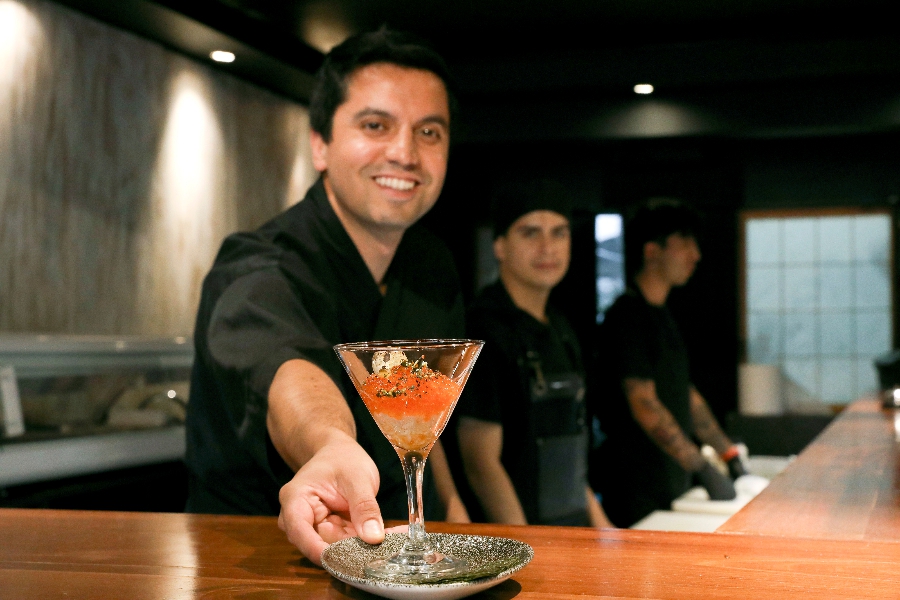Getting to know the Wineries of Chile
Thanks to the fact that the Chilean capital is located in the basin of the Maipo River, within the urban perimeter and in the surrounding valleys there are the ideal climatic and soil conditions to cultivate the best knowledge. Maipo, Casablanca and San Antonio are the places chosen by hundreds of winemakers who produce eight varieties of wines.
Book Top Experiences and Tours in Chile:
If youʻre booking your trip to Chile last minute, we have you covered. Below are some of the top tours and experiences!- La Paz: Uyuni Salt Flats & San Pedro de Atacama 3-Day Tour
- Santiago: Maipo Valley Wine Tasting Tour with 4 Vineyards
- Todos los Santos Lake and Villa Peulla Tour
- Puerto Natales: Torres del Paine Full Day Tour
- Valparaiso 4-Hour City Tour by Van and Funicular
Strains and diverse and varied wines identify each area of the territory. The valleys are preferably located near rivers that baptize their origin and between mountains of the Andes or the mountain range of the Coast.
The influence of the marine winds and the Mediterranean climate, with marked seasons and temperatures without great variations between day and night, join the richness of the fertile land to increase production.
Among the main types of strains that are produced in Chile, the Carmenere stands out, rediscovered in 1994 in the national territory after having been lost in the world for more than a century. He returned in glory and majesty after being hidden among the Merlot grapes.
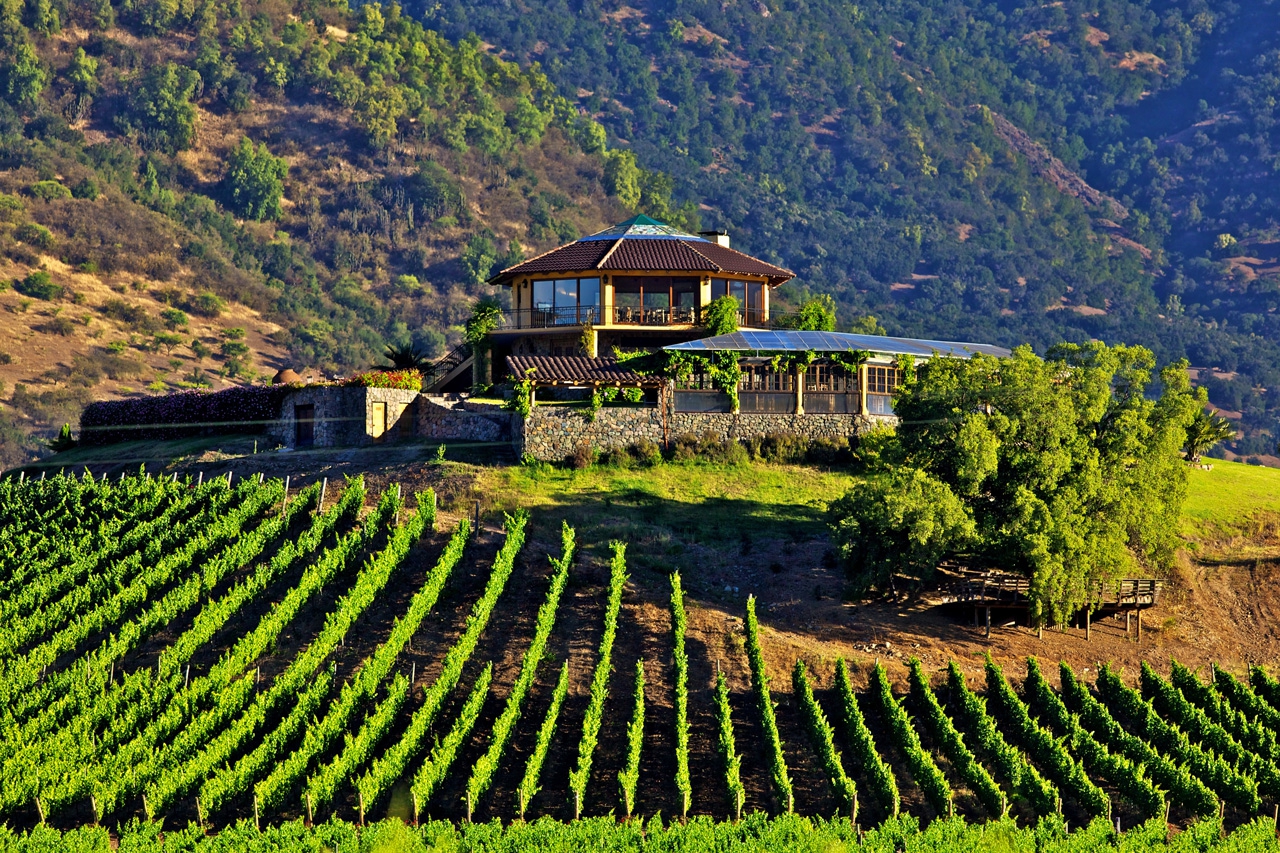
Other strains that have great fame are the Cabernet Sauvignon, a must-see in the history of the wines in the country, and the Syrah, whose irruption goes back a few years and has given concentrated, powerful and tasty wines. Meanwhile, among the white, aromatic, fruity wines with soft but defined flavors, the Sauvignon Blanc and Chardonnay strains stand out. I like wine because wine is good, recites the Chilean singer-songwriter Tito Fernández, El Temucano;
The same sentence must be made by visitors to the country who know the benefits of musts when they visit any of the Chilean vineyards.
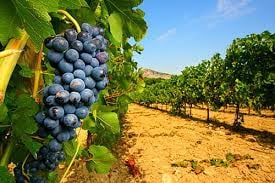
The valleys
The Central Valley extends south of the Aconcagua River and north of Bío-Bío. It is between the Andes and the Cordillera de la Costa and it is a perfect area for the production of excellent wines. It is subdivided into several sectors.
Aconcagua Valley Located towards the north of Santiago this valley is characterized by the production of fine wines.
Numerous vineyards are in this area and all can be visited on tours or independently. Some classic vineyards here are Sanchez de Loria, Vina Von Siebenthal, Vina Errazuriz and Vina San Esteban.
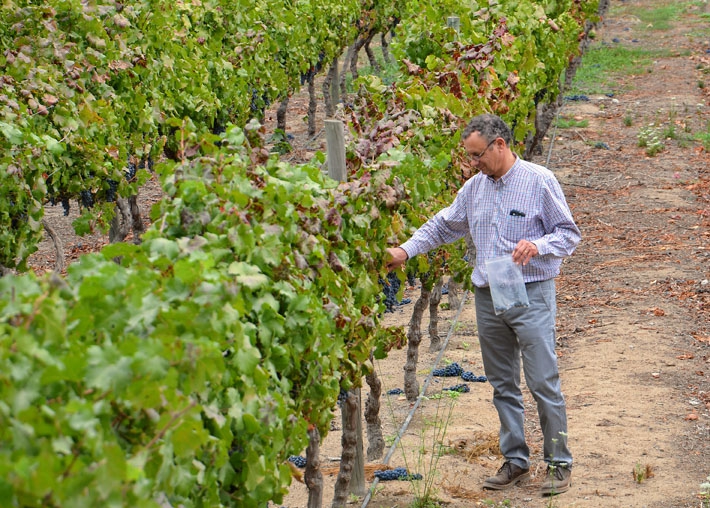
- Valley of the Maipo - It is south of Santiago and borders on the east with the Cordillera de Los Andes and on the west with the Cordillera de la Costa. To the north, it borders on the mountain range of Chacabuco and to the south, with that of Angostura de Paine.
- Maipo Alto, more than 650 meters above sea level; Middle Maipo, between 550 and 650 meters, and Maipo bajo, less than 550 meters. The Maipo plains collect the strength of the torrent that descends from the high mountain range, bringing the waters of the thaw, rich in oxygen and minerals, which generously water the vines around its bed.
- Rapel Valley - It starts 60 km south of Santiago, between the cities of Rancagua in the north and Chimbarongo in the south. The special climate and soil characteristics of this valley allow the cultivation of a wide variety of strains. It is divided into two zones, Cachapoal and Colchagua, which have gained great international prestige, especially for the development of the Carmenere and Syrah strains.
- Curico Valley -To 200 kilometers to the south of Santiago, Curicó is an area of wide planes where the vitivinicultura has developed thanks to the propitious climate and to the irrigation of the rivers Mataquito, Lontué, Teno and Claro. Climate and soil privileged to obtain wines.
- Maule Valley - The Maule Valley is the southernmost zone of the Central Valley of Chile. It owes its name to the Maule River, which is located 252 kilometers south of the city of Santiago. It is a question of generous lands, with a long tradition of production, to which selected strains, modern technology and viticultural experience have been incorporated.


